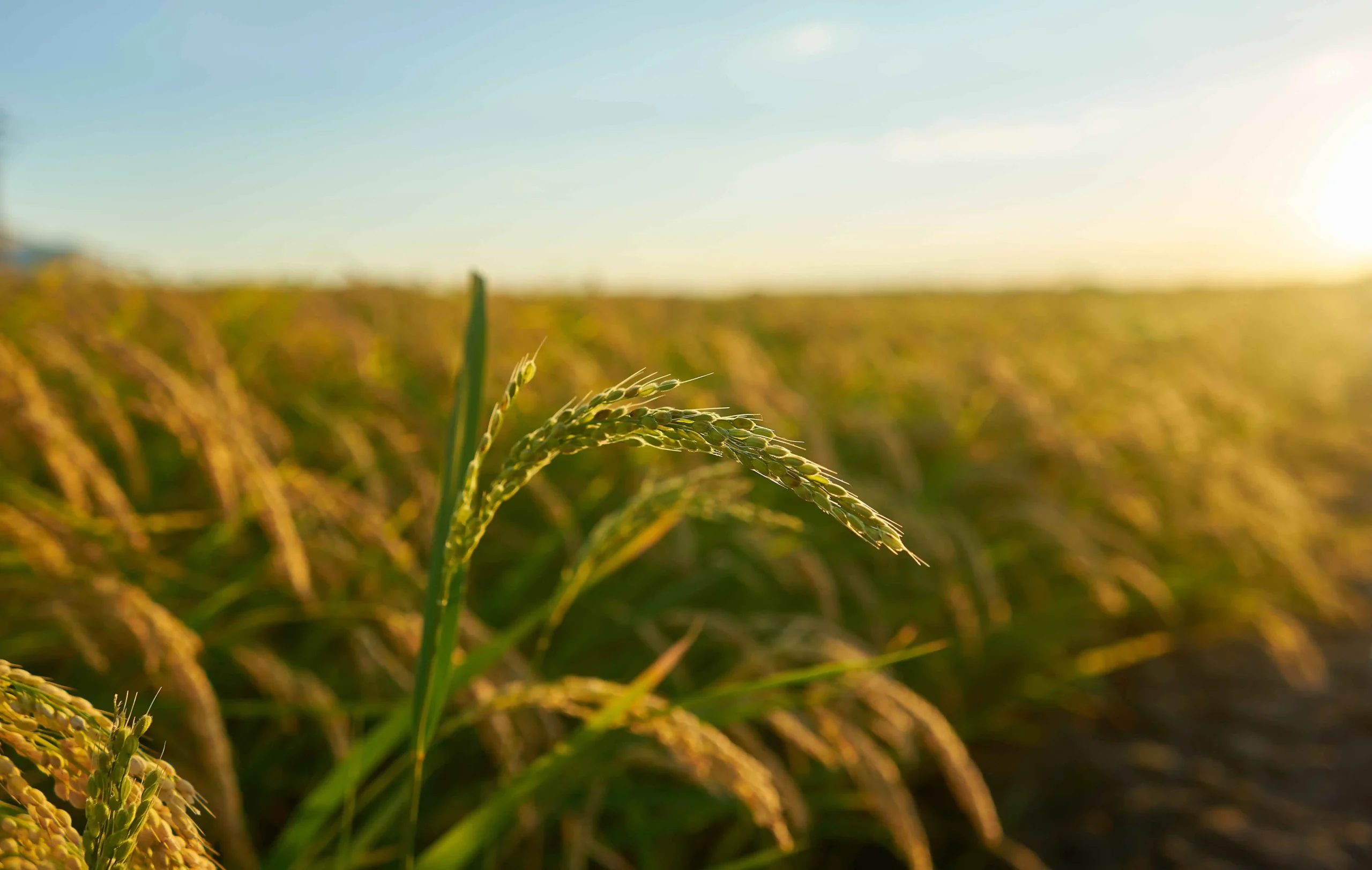Crop protection is essential to the global food supply chain, ensuring that the world’s farmers can grow, harvest, and distribute safe, high-quality food. As the population grows and the demand for food rises, protecting crops from pests, diseases, and environmental stress becomes crucial. This blog explores the importance of crop protection, the methods used, and the sustainable innovations shaping its future.
Why Crop Protection Matters
Crop protection plays a critical role in modern agriculture by:
- Increasing Yield: Without crop protection, up to 40% of global food crops could be lost to pests, weeds, and diseases, leading to reduced food security.
- Ensuring Quality and Safety: Protecting crops helps maintain quality standards, preventing the contamination of food with pathogens, mold, or toxins.
- Supporting Farmers: Effective crop protection supports farmers by enhancing their productivity, protecting their income, and making farming a viable livelihood.
Methods of Crop Protection
Crop protection techniques have evolved over centuries, with current methods falling into three main categories:
1. Chemical Control
Chemical pesticides, such as insecticides, herbicides, and fungicides, have been widely used to manage pests and diseases. They work quickly and efficiently, reducing the pest population and protecting crops from damage. However, careful usage is critical to avoid environmental harm and protect beneficial organisms.
2. Biological Control
Biological control uses natural predators, parasites, and pathogens to manage pests. For example, releasing ladybugs to control aphids or using certain fungi to combat harmful insects. This method is eco-friendly and helps maintain biodiversity.
3. Cultural Practices and Physical Barriers
Crop rotation, intercropping, and resistant crop varieties are traditional methods that help control pests and diseases. Farmers may also use physical barriers, such as nets or traps, to protect crops from pests without chemicals.
Sustainable Crop Protection: Innovations and Trends
As environmental concerns grow, so does the need for sustainable crop protection methods. Innovative approaches are emerging, including:
- Precision Agriculture: Using sensors, GPS, and data analytics, farmers can target crop protection efforts more precisely, minimizing the overuse of pesticides and maximizing efficiency.
- Biopesticides: Derived from natural materials, biopesticides offer a safer alternative to synthetic chemicals and reduce the ecological impact of pest control.
- Integrated Pest Management (IPM): IPM combines multiple approaches, like monitoring pest populations, using resistant crop varieties, and applying pesticides only as needed. It promotes an environmentally balanced approach to pest control.
The Future of Crop Protection
The future of crop protection relies on innovation, sustainability, and a shift towards environmentally friendly practices. Advancements in biotechnology, like gene-editing and bioengineering, hold promise for developing disease-resistant plants, reducing the need for pesticides. Additionally, global collaboration between governments, farmers, and researchers is vital to promote and implement these sustainable practices.
Conclusion
Crop protection is indispensable to global food security, ensuring we can sustainably produce enough food for a growing population. By balancing traditional methods with innovative, sustainable approaches, we can protect crops while also safeguarding our planet’s health.

